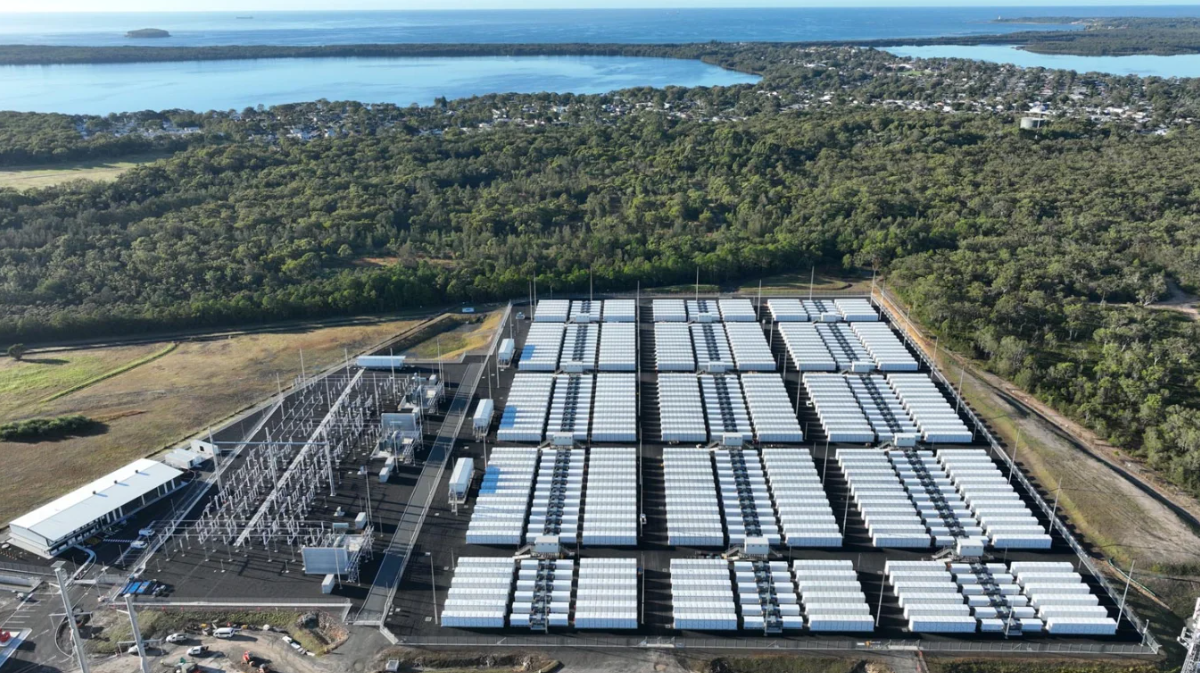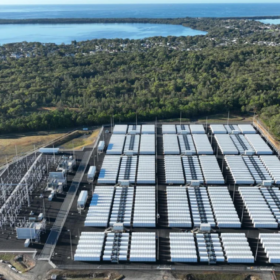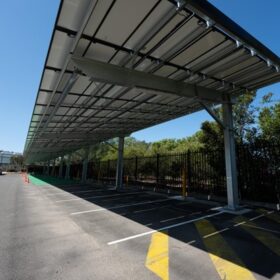South Korea’s Ministry of Climate, Energy and Environment (MCEE) has revealed that it will enforce a new rule from 28 November 2025, requiring solar installations at all public parking lots over 1,000 square meters, following cabinet approval of an amendment to the nation’s renewable energy legislation.
The decree states that all public parking facilities operated by national, regional, or municipal authorities must install renewable power systems such as solar arrays from late November.
Facilities with a total area of at least 1,000 square meters will be required to install systems capable of generating a minimum of 1 kW per 10 square meters – equal to at least 100 kW in total, according to the MCEE.
The ministry said the measure is designed to accelerate renewable energy deployment in urban areas with available grid access and to improve land-use efficiency by using public parking lots for solar generation. It has already expanded renewable adoption through the Renewable Portfolio Standard for power producers and a mandate requiring installations at public buildings.
Consultations with local governments and public agencies will be held to finalise implementation plans and align renewable policy objectives. Starting in December, regional briefings will take place in 11 metropolitan areas, including Seoul, supported by new informational materials to assist with rollout, according to the MCEE.
“Requiring renewable energy installations at public parking lots is a way to enhance the efficient use of national land through the public sector’s leadership in renewable deployment,” the MCEE said in an online statement. “We will continue to expand renewable energy adoption in various ways to contribute to a decarbonised green transition.”
The new public parking lot mandate complements a broader range of recently introduced initiatives, as South Korea seeks to expand solar deployment across multiple sectors. In October, for example, the central government announced draft legislation to establish a legal framework for agrivoltaics, allowing solar deployment on agricultural land while safeguarding food security.
Separately, the Korean Agency for Technology and Standards (KATS) recently introduced national standards for photovoltaic‑thermal (PVT) modules. It noted the active presence of 10 domestic manufacturers and said it is aiming for international standardisation to support eventual global expansion.
South Korea installed about 2.5 GW of new solar capacity in 2024, bringing its cumulative PV capacity to roughly 29.5 GW by the beginning of this year.
This content is protected by copyright and may not be reused. If you want to cooperate with us and would like to reuse some of our content, please contact: editors@pv-magazine.com.









By submitting this form you agree to pv magazine using your data for the purposes of publishing your comment.
Your personal data will only be disclosed or otherwise transmitted to third parties for the purposes of spam filtering or if this is necessary for technical maintenance of the website. Any other transfer to third parties will not take place unless this is justified on the basis of applicable data protection regulations or if pv magazine is legally obliged to do so.
You may revoke this consent at any time with effect for the future, in which case your personal data will be deleted immediately. Otherwise, your data will be deleted if pv magazine has processed your request or the purpose of data storage is fulfilled.
Further information on data privacy can be found in our Data Protection Policy.